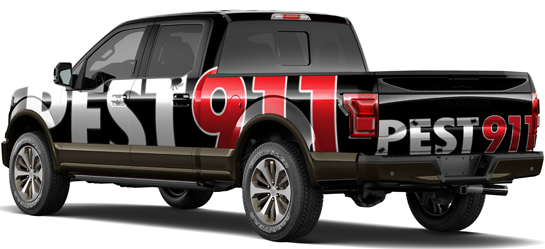Pest Barrier for House to Prevent Diseases & Harmful Effects of Rats & Other Pests in Tavares, FL
In a military context, a DMZ or demilitarized zone is an area free of military personnel and combat. In the pest control industry, the zone is an area of exclusion that protects the home from insect and rodent infestations. It is the buffer zone between your domicile and the bugs. Points of entry are usually doors and windows, but almost anywhere something that penetrates the wall, like TV cables, faucets and other fixture are a potential point of entry for pesky bugs. Attic vents are open to flying insects.
Pests in Packaging & Clutter
On top of that food packaging and other sundry items are also a potential invasion route, as bugs lay eggs on food packaging especially bulk items. Your best bet is to dispose of packaging as quickly as possible, at least get it out of your home. The heat will gestate the eggs to hatching. Any accumulation of trash, clothing or other items that are left undisturbed for any length of time also can become home for a variety of creatures.
Diseases Caused By Insects & Pests
Most bugs don’t pose a direct threat to us, but many of them carry and spread disease. In fact, it seems that a lot of diseases use insects as a vector to infect us and our pets. Come the prey then come the predators. The only downside to the predators is that many are venomous arachnids like spiders and scorpions. Not usually a threat to a healthy adult but may prove a challenge to the very young or the very old. The biggest danger is an anaphylactic response if you’re allergic to the toxin. By creating a pest free zone around the house, you keep the pests at abeyance. The zone is a zone of chemical barriers that will attack ground insects.
Rat, Mice & Flea Diseases & Illness
Mammalian pests are a bit harder to deal with, as any chemical defense will also be a problem for us and our pets. Trapping is the primary means to disposal. But again, these rodent invaders are destructive, befoul many of our possession and either carry diseases directly or have parasitical insects that can carry disease. Fleas are the primary insect problem. After all it was the fleas that spread the plague that took out half of Europe. Some diseases are carried by the rodents directly.
Identification of Roof & Norway Rats in Central Florida
In Florida we have roof rats, Norway rats and wood rats. Roof rats are the most common in South Florida. Rats have a high rate of reproduction with a female capable of up to 20 babies a year for two to three-year productive cycle. They grow up to about 8 inches and are black or dark brown, long tails, really big ears and eyes. Roof rats nest in attics and leave behind grease marks from their tails. Bigger, the Norway rat, also called street or sewer rats, are believed to be of Asian origin. They have poor vision, are color blind and have a body build that is heavier than the roof rat. They gnaw structures and even electrical lines. They have bristly brown fur. Signs of an infestation include gnaw marks, older areas are smoother that recent chewing. Droppings have blunt ends, while roof rat droppings have pointed ends. Greasy or oily smudges mark pathways.
Year Round Pest Control
Ticks and fleas, these blood sucking scum have become highly resistant to a lot of the control chemicals over the years. Their populations have been growing. They can consume their own weight in blood and bite your pet up to 400 times, that for a single flea. And fleas are super disease carriers. Keeping the house clean with regular vacuuming helps, but ticks take special precautions and treatments to eliminate an infestation. Fleas are prolific breeders. To ensure a protective barrier consult with the pros at Pest911 today.


